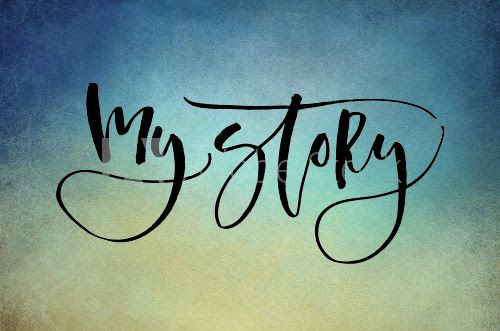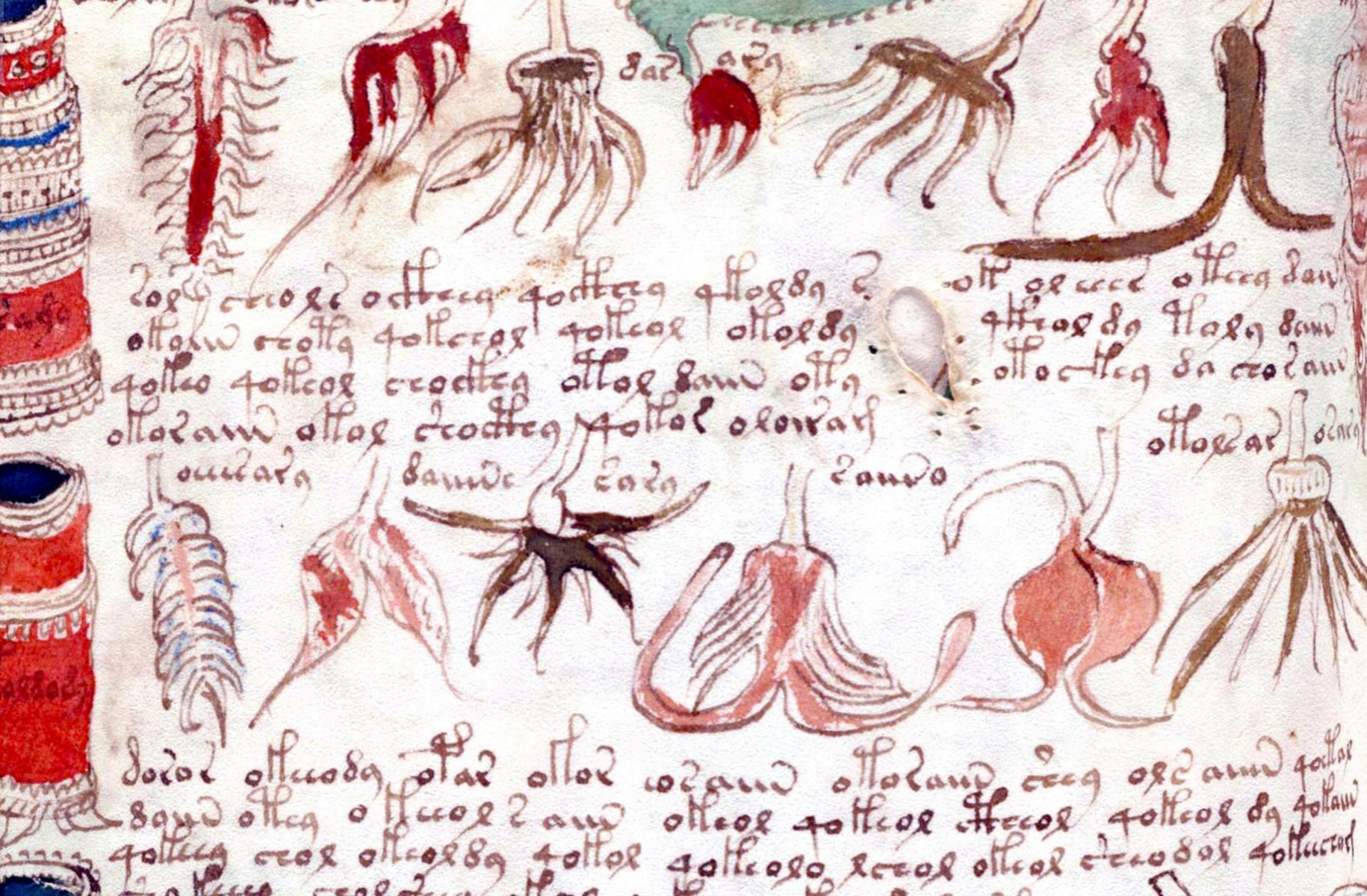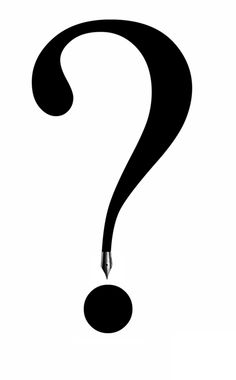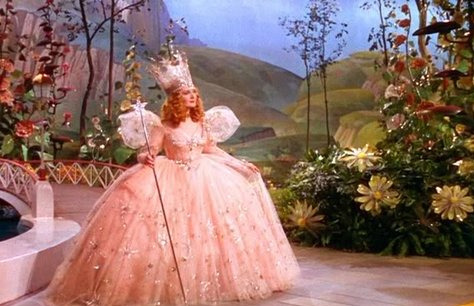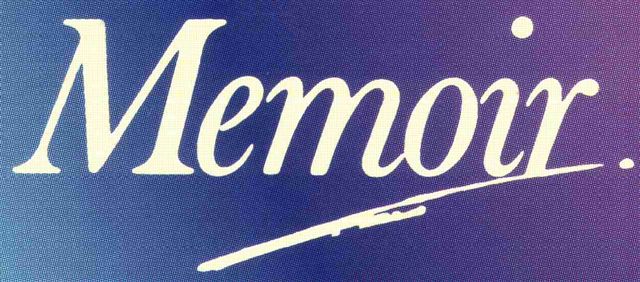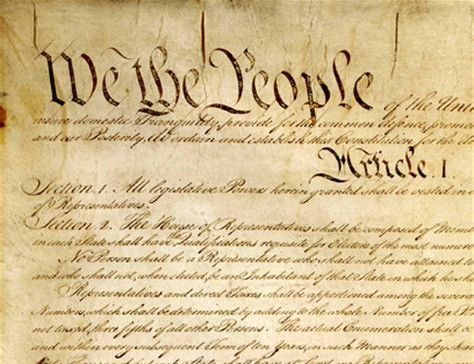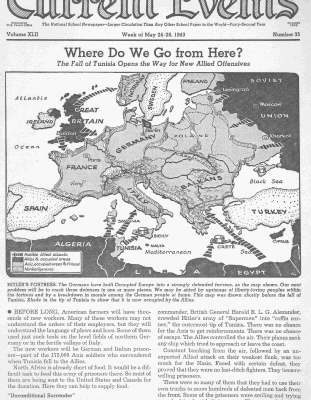Memoir, Biography, Narrative Nonfiction—What Are They?
Here we are in February, the time of year when we throw ourselves back into writing and asking fundamental questions: What is a memoir? How is it different from biography, and how are both related to that thing called narrative nonfiction? Memoir is a story…
